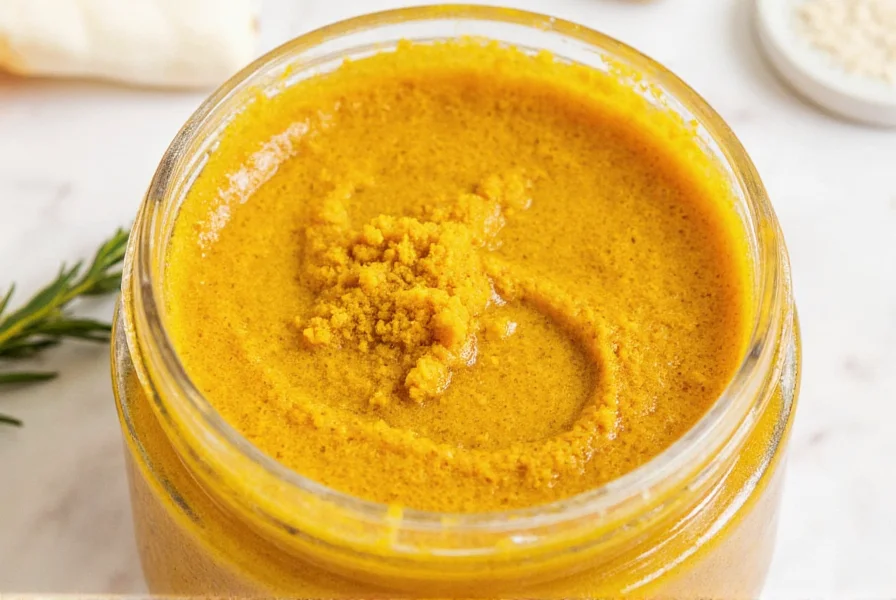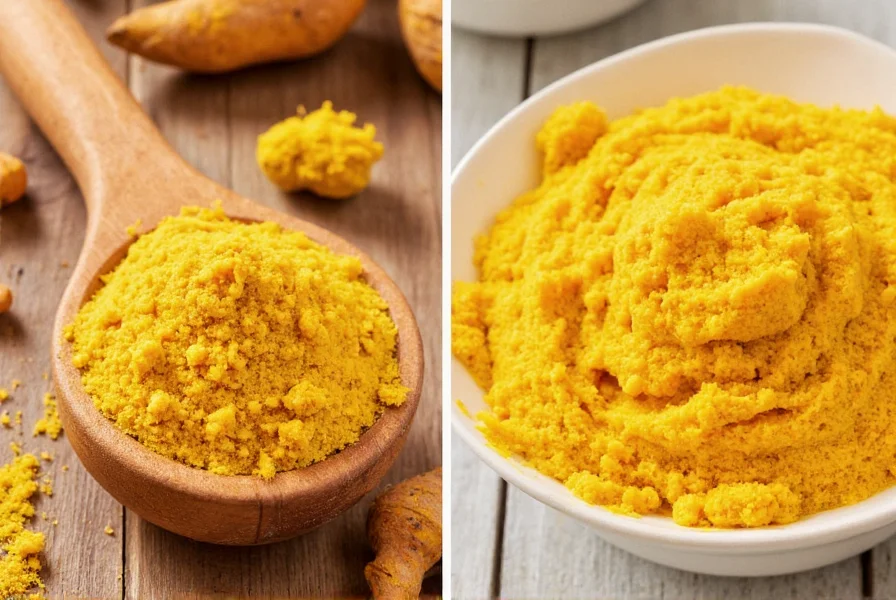Creating an effective turmeric scrub requires understanding both the science behind this golden spice and practical application methods. Turmeric contains curcumin, a potent compound with documented anti-inflammatory and antioxidant properties that can significantly improve skin health when formulated correctly. While turmeric's vibrant color raises concerns about temporary skin staining, proper formulation and usage techniques eliminate this issue while maximizing benefits.
The Science Behind Turmeric for Skin Health
Curcumin, turmeric's active compound, demonstrates remarkable skincare properties supported by clinical research. Studies published in Phytotherapy Research confirm curcumin's ability to reduce inflammation markers by up to 60% in skin tissue, making it particularly valuable for acne-prone and sensitive skin types. The spice's antioxidant capacity measures 1.5 times higher than vitamin E, providing substantial protection against environmental damage.
When incorporated into scrub formulations, turmeric works through multiple mechanisms:
- Exfoliation: Physical removal of dead skin cells when combined with gentle abrasives
- Anti-inflammatory action: Reduction of redness and swelling in irritated skin
- Brightening effect: Inhibition of melanin production that causes dark spots
- Antimicrobial properties: Combatting bacteria that contribute to breakouts

Formulating Effective Turmeric Scrub Recipes
The key to successful turmeric scrub formulation lies in balancing exfoliation, moisture, and turmeric concentration. Professional estheticians recommend maintaining turmeric at 5-10% of total formulation to prevent potential staining while ensuring therapeutic benefits.
| Skin Type | Base Ingredient | Exfoliant | Turmeric Ratio | Additional Boosters |
|---|---|---|---|---|
| Normal | Honey | Fine sugar | 1 tsp per ¼ cup | Lemon juice (½ tsp) |
| Dry | Plain yogurt | Oat flour | ½ tsp per ¼ cup | Almond oil (1 tsp) |
| Oily/Acne-prone | Aloe vera gel | Rice flour | 1 tsp per ¼ cup | Tea tree oil (2 drops) |
| Sensitive | Coconut milk | Chia seeds (ground) | ¼ tsp per ¼ cup | Chamomile extract (½ tsp) |
Step-by-Step Application Guide
Proper application technique maximizes benefits while preventing potential issues. Follow these evidence-based steps for optimal results:
- Perform patch test: Apply small amount behind ear and wait 24 hours
- Cleanse skin thoroughly with pH-balanced cleanser
- Apply scrub using circular motions with fingertips (avoid eye area)
- Focus on areas with hyperpigmentation or texture concerns
- Rinse with lukewarm water using soft washcloth in downward motions
- Follow with toner and moisturizer within 60 seconds of rinsing
Frequency recommendations vary by skin type. Dermatologists suggest starting with once-weekly applications, gradually increasing to twice weekly for normal skin types. Those with sensitive skin should limit use to once every 10-14 days. Never leave turmeric scrub on skin for more than 5 minutes to prevent potential temporary yellowing.
Addressing Common Concerns
Many beginners worry about turmeric's staining potential. Research from the International Journal of Cosmetic Science confirms that when properly formulated with acidic components like lemon juice or yogurt, turmeric washes off completely without staining. The key is maintaining a pH below 6.5 in the formulation.
For those with particularly fair skin or concerns about temporary discoloration, adding ½ teaspoon of baking soda to your rinse water creates a slightly alkaline environment that helps remove any residual color. Always follow turmeric scrub application with a vitamin C serum, which not only enhances brightening effects but also helps neutralize any potential yellow tones.
Storage and Shelf Life Considerations
Homemade turmeric scrubs maintain potency for different durations based on formulation:
- Water-based formulations: Maximum 3 days refrigerated
- Honey-based scrubs: Up to 2 weeks refrigerated
- Oil-based preparations: 4-6 weeks at room temperature
Always store in airtight glass containers away from direct sunlight. Discard immediately if you notice any changes in color, texture, or smell. For extended shelf life, prepare dry ingredient mixes and add liquid components only when ready to use—a technique professional skincare formulators call the "two-part system."











 浙公网安备
33010002000092号
浙公网安备
33010002000092号 浙B2-20120091-4
浙B2-20120091-4